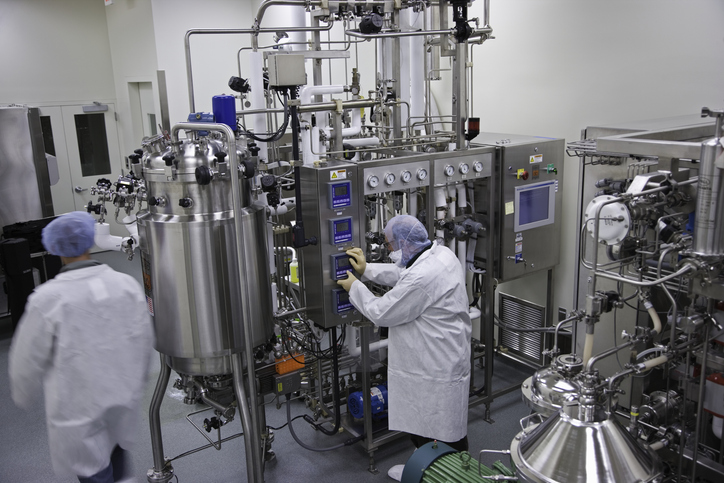A new technique able to forecast how changes to parameters will impact biomanufacturing processes could revolutionize drug production, save manufacturers time and money, and help increase access to medicines.
The technique—model predictive control (MPC)—is a forward-thinking, prediction-based approach, says Alois Jungbauer, professor at the Austrian Center of Industrial Biotechnology in Vienna, and co-author a recent study on the subject.
“At its heart, MPC uses mathematical models not just to understand but to anticipate the future behavior of complex bioprocesses. This ability to predict and prepare for what’s coming allows for strategic adjustments in real-time, a game-changer in an industry where precision and accuracy are paramount.
“The real magic of MPC lies in its multifaceted advantages. Unlike conventional methods, it can efficiently manage multiple variables at once, ensuring that the entire process flows smoothly and effectively,” Jungbauer says.
Complexity
Being able to track multiple variables is likely to be sought after as biopharmaceutical production processes become more and more complex, according to Jungbauer.
“Use of MPC in biopharma is expected to rise, driven by several compelling factors. The ever-increasing complexity of biopharmaceutical processes calls for more sophisticated control methods, and MPC fits this need perfectly with its predictive capabilities and adaptability to complex systems.
“Furthermore,” Jungbauer says, “technological advancements are continuously improving the computational power and sensor technology required for the effective implementation of MPC, making it more accessible and feasible for a broader range of applications.
“Additionally, there’s a growing industry demand for higher precision and efficiency in the production of biopharmaceuticals. As regulatory requirements become more stringent and the market seeks higher-quality products, the precision and consistency offered by MPC become invaluable. This trend is likely to propel its adoption further, as companies strive to meet these elevated standards while maintaining efficiency.”
Down PAT
The idea of tracking parameters in real-time is not new. The FDA began urging drug makers to use Process Analytical Technology (PAT) in the early 2000s and in the decades since many companies have adopted some form of in-process monitoring.
Jungbauer says: “In the contemporary landscape of biopharmaceutical manufacturing, the integration of PAT has become a critical necessity for ensuring precise and consistent product quality. PAT systems play a pivotal role in real-time monitoring of critical quality attributes and process parameters, allowing for proactive adjustments and enhanced control over manufacturing processes.”
But simply having a PAT infrastructure is not enough to use MPC, according to Jungbauer, who says interested firms will need to invest in additional computer capacity.
“The effective utilization of the vast amount of data generated by PAT systems within a MPC framework necessitates the deployment of systems with substantial computational capacity. This is because MPC relies heavily on sophisticated algorithms and complex calculations to optimize process operations, including managing prediction and control horizons, and fine-tuning weighting matrices.
“Therefore, the harmonious integration of advanced PAT systems with robust computational resources is essential for harnessing the full potential of MPC in achieving high-quality biopharmaceutical production with optimal efficiency.”
Fortunately, process monitoring technologies and modeling algorithms continue to advance, which will likely let more companies benefit from MPC in the future, Jungbauer says.
“The trajectory of MPC in the biopharmaceutical sector is on an upward curve. Its unique capabilities in handling the complexities of modern bioprocessing, coupled with technological advancements and market demands, are setting the stage for its increased utilization.
“MPC is not just a contemporary solution but a future-ready approach that promises to revolutionize biopharmaceutical manufacturing, driving the industry toward greater precision, efficiency, and consistency,” he says.



